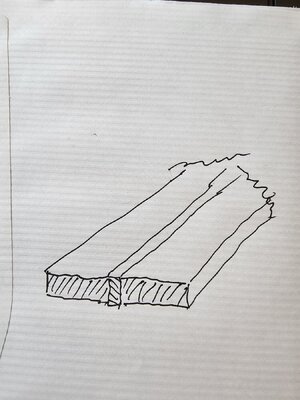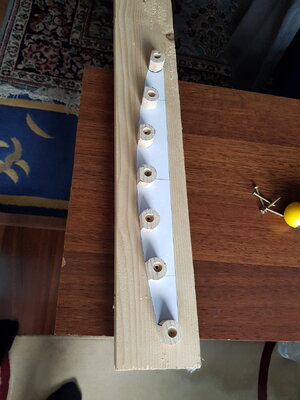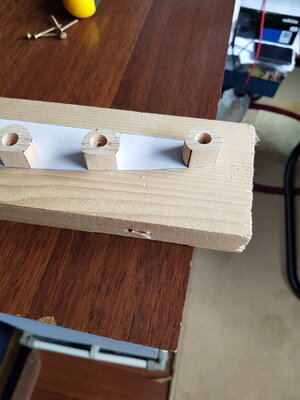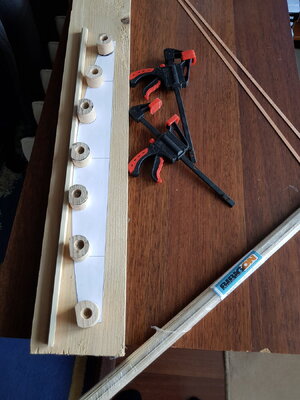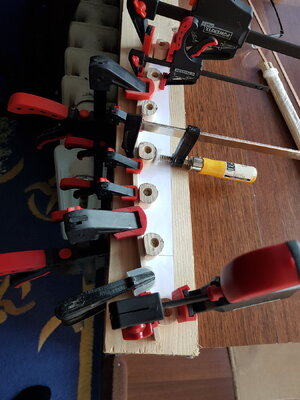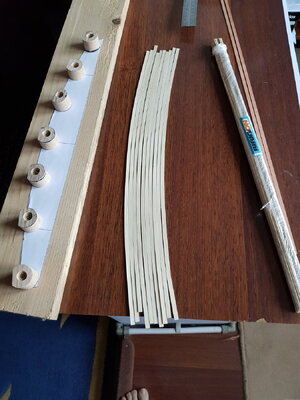This is an expensive bending iron used by instrument builders... works great. If I wanted to edge bend with this- I'd simply get a couple of other pieces of wood the same thickness as the width of the strip you're bending- stack them together so the thin edge is exposed between the 2 scraps- to provide side support- and bend away!
Other bending irons have been made with a piece of pipe and a propane torch heating the tube... a baffle on the outside end helps keep the heat in the tube.
 www.stewmac.com
www.stewmac.com
Other bending irons have been made with a piece of pipe and a propane torch heating the tube... a baffle on the outside end helps keep the heat in the tube.
Bending Iron - StewMac
Controlled heat bending form for guitar, mandolin, violin and dulcimer sides.




